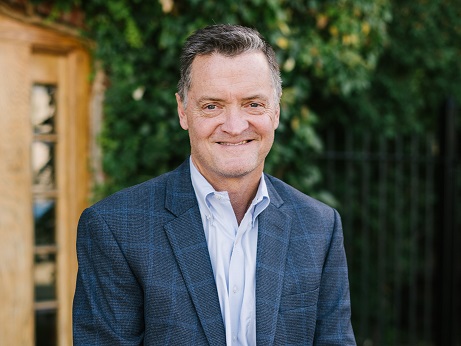
You’ve probably heard variations of the saying about how long it takes to turn a ship or stop a train – a long time, right? Well, moving foundations and funders off of their well-known and safe concept of what “scholarship funds” are and what those funds can be used for takes longer. Trust me.
Helping foundations and scholarship provider’s move beyond just the ‘go to college’ mindset requires new ways of thinking and help at the local, state and federal level. Let’s begin with apparently what is the most challenging level (no surprise) – the federal level. We need new definitions and laws about what scholarship funds are, how they may be used and when providers may pay out those awards. I’m guessing you didn’t know that once a person graduates college, we can’t pay our scholarship awards to them? True. Despite years of trying by our Republican and Democrat friends, we’ve been unsuccessful. And why do so many scholarship providers limit their concepts to traditional colleges and universities? Why can’t a scholarship be for skilled trades? Cosmetologists and barbers? Apprenticeships? Buying tools and supplies to learn a skilled trade? How many of us offer financial aid for someone that wants to be a paramedic, or fireman, or go into law enforcement? Imagine the impact if those types of financial awards were just as prevalent as traditional scholarships. That kind of new mindset means a completely new definition of what is an acceptable charitable scholarship fund.
At the state level, both here in Michigan and around the country, we need more grantmakers and scholarship providers to challenge their own practices, policies, procedures and thought processes around scholarships. When we gather at state and local conferences and convening, let’s talk less about “getting students into college” and more about helping young people succeed in life. For those students we’re supporting while they’re in college, let’s do more to focus on their success in years 3, 4 and 5. Let’s set aside funds to help them overcome a short-term crisis and the many obstacles that life can throw at people. Let’s incentivize students taking a gap year – or two.
At the local level, funders and providers, especially community foundations, need help from bankers, CPAs, financial advisors and family attorneys. We need help from our friends with lots of clients and reach, like Harold Burns, Janal Mossett and Bill Butler. We need our friends with a long history as prominent leadership like Donna Niester and Patti Manley. It’s for newcomers in the field like Megan Schweihofer. We need help from Kellen Elliott, Christine Newberry, Will Oldford, Jim Charron, Marc Oswald, Dave Betts and Buzz Suuppi – and so many others. Why? Because they have far more reach, clout and influence than Jackie Hanton and I will ever have.
We need to encourage them to broaden the language put in wills, trusts and estate plans regarding scholarships and not make it restricted to just graduating high school seniors, not just for tuition and books.
Instead, help people set up broad field of interest funds that help young people pursue a path of their own making. Consider fund contracts that allow us to pay for a new tool kit, or supplies for a young barber, or for someone to explore a career in a skilled trade. Set up a family fund that gives us discretion to help young people pay for short-term needs and obstacles like occasional rent, or daycare, or car repair, or food.
Help your clients be the next Robert & Sophie Mordis, who set up an endowment fund that gives us broad discretion to help pay for life needs.
This is turning a ship. This is stopping a train. There are over 800 community foundations in America that have met National Standards. Imagine our collective impact if we can change the definition of “scholarship.”
To learn more about our wide range of endowed scholarship funds click here. To find out how you can help contact one of our staff.
